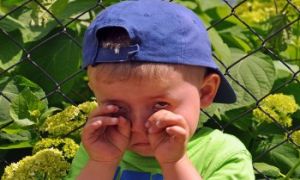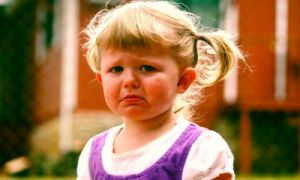Art enjoys a highly significant space in early childhood learning programmes for the way it promotes a variety of learnings. Both as a process and product, art helps improve creativity, cognition, social skills and emotional expression in children. If you are involved in the planning or implementation of art-based play and learning in young children, here is a bit more on the different stages of child art development.
Scribbling
Between one and three years, children scribble in the manner of any other motor activity. There is little connection between the crayon in the child’s hand and the marks made on the paper. On the whole, children’s scribbles are made of lines that are vertical, horizontal, diagonal, circular, curving, waving and dots.
Pre-schematic
Between three and four years, children are beginning to make connections between the shapes that they draw and the physical world around them. For example, when depicting a parent, a circle may represent the head and lines the body and limbs. However these linear drawings still float all over the page in odd positions – a table may be drawn round as if seen from above while people seated at the table may be extended out in all directions around it. The pre-schematic – from schema which means outline in Latin – stage marks the first time children use their drawings as a form of communication.
Schematic
From five to six years, children’s drawings can be identified as definite shapes of specific, recognisable forms from their environment for example a man or a house. They also show a clear separation between the sky and the ground, usually indicated by a strip of blue at the top of the paper and a strip of green at the bottom. Unlike the pre-schematic stage, now objects are often placed on the ground instead of floating in space. Objects of importance, like a parent, are often drawn larger than objects of lesser importance, like the house next to which she is standing.
Dawning Realism
Between seven and nine years old, children’s drawings start to show a rudimentary realism. Though they are still using schema to draw, it has increased in complexity and there may be some sense of spatial relationships in the objects depicted on paper – for example, a bird sitting on the tree branch which in turn is firmly positioned on the ground. The development of the baseline marks a developmental milestone as it indicates readiness for cooperative play and thinking, such as planning and executing group murals and puppet shows. Also, drawings are based on the memory of things rather than actual appearance, and may even incorporate sensory impressions about smelling, tasting, hearing and feeling.
The Pseudo-naturalistic
From approximately ten years, children’s drawings show the use of light and shade and there is an attempt at greater realism. Subtle shading of form replaces simple, flat areas of colour; tints and shades of colour are more preferred. Also drawings show more details like girls in skirts and boys in long pants. This stage continues till about thirteen years, during which children depict a greater sense of critical reflection.
The Naturalist or Decision stage
From fourteen years onwards, drawings are more frequently used to portray true-to-appearance colour and to express moods and feelings as well. This is also the time when children, driven by their critical sense, decide to continue drawing or view it as an activity for which they don’t have the skill. However since any skill can be nurtured with practice and motivation, it is important that educators encourage children to continue with their artistic explorations since this stage of artistic development is perhaps the most critical to the development of an artist.
Reference:
- The Stages of Artistic Development, The Virtual Instructor


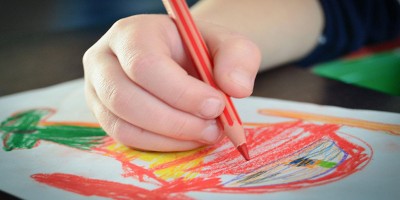

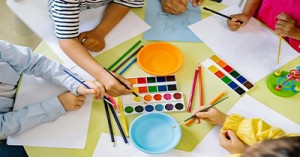
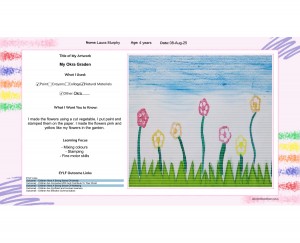
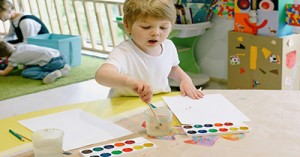
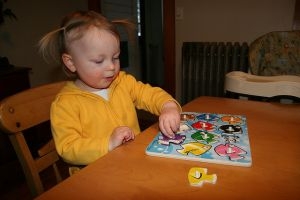 Toddlers have a greater understanding of the world around them by this stage. Their cognitive development (also known as intellectual development and thinking skills) continues
Toddlers have a greater understanding of the world around them by this stage. Their cognitive development (also known as intellectual development and thinking skills) continues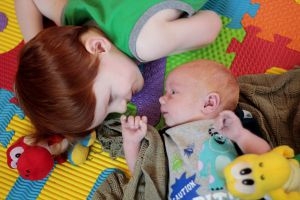 Infants begin to develop trust when parents begin to fulfil their needs. Such as changing an infant's nappy when needed, feeding on request and holding
Infants begin to develop trust when parents begin to fulfil their needs. Such as changing an infant's nappy when needed, feeding on request and holding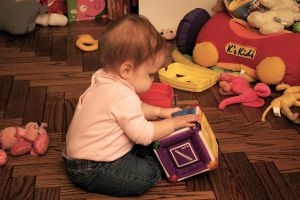 Beginning at birth the construction of thought processes, such as memory, problem solving, exploration of objects etc, is an important part of an infant’s cognitive
Beginning at birth the construction of thought processes, such as memory, problem solving, exploration of objects etc, is an important part of an infant’s cognitive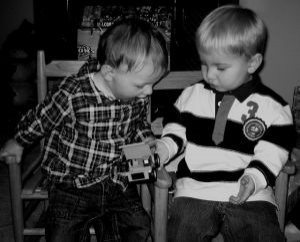 Toddlers want to do more on their own and do not like it when you begin to establish limits on their behaviour. Tantrums can become
Toddlers want to do more on their own and do not like it when you begin to establish limits on their behaviour. Tantrums can become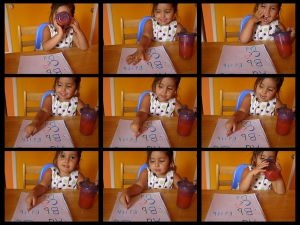 Your preschooler is now able to focus their attention more accurately and is less influenced by distractions. The intensity of questions increase as your child
Your preschooler is now able to focus their attention more accurately and is less influenced by distractions. The intensity of questions increase as your child John Dewey is often seen as the proponent of learning by doing – rather than learning by passively receiving. He believed that each child was active,
John Dewey is often seen as the proponent of learning by doing – rather than learning by passively receiving. He believed that each child was active,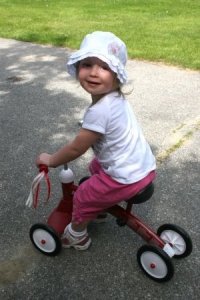 Toddler advance and gains new skills in Gross Motor Development milestones achieved throughout earlier years. Co-ordination and challenges that could not be performed before such
Toddler advance and gains new skills in Gross Motor Development milestones achieved throughout earlier years. Co-ordination and challenges that could not be performed before such Erik Erikson developed a psychosocial theory to understand how we each develop our identities through eight stages of psychosocial development from infancy to adulthood. The
Erik Erikson developed a psychosocial theory to understand how we each develop our identities through eight stages of psychosocial development from infancy to adulthood. The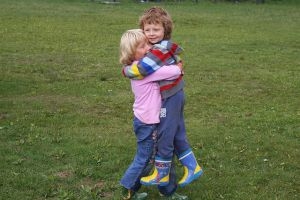 At this point preschoolers begin to interact effectively with others. Play becomes more innovative and organized and “boyfriend” or “girlfriend” begins to emerge. Preschoolers have
At this point preschoolers begin to interact effectively with others. Play becomes more innovative and organized and “boyfriend” or “girlfriend” begins to emerge. Preschoolers have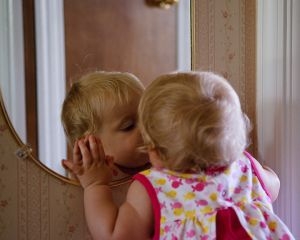 From now, babies begin to identify and respond to their own feelings, understanding other's feelings & needs and interact positively with others. A baby's social and
From now, babies begin to identify and respond to their own feelings, understanding other's feelings & needs and interact positively with others. A baby's social and